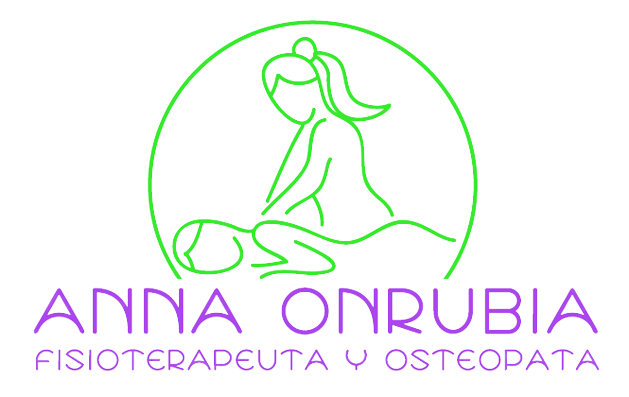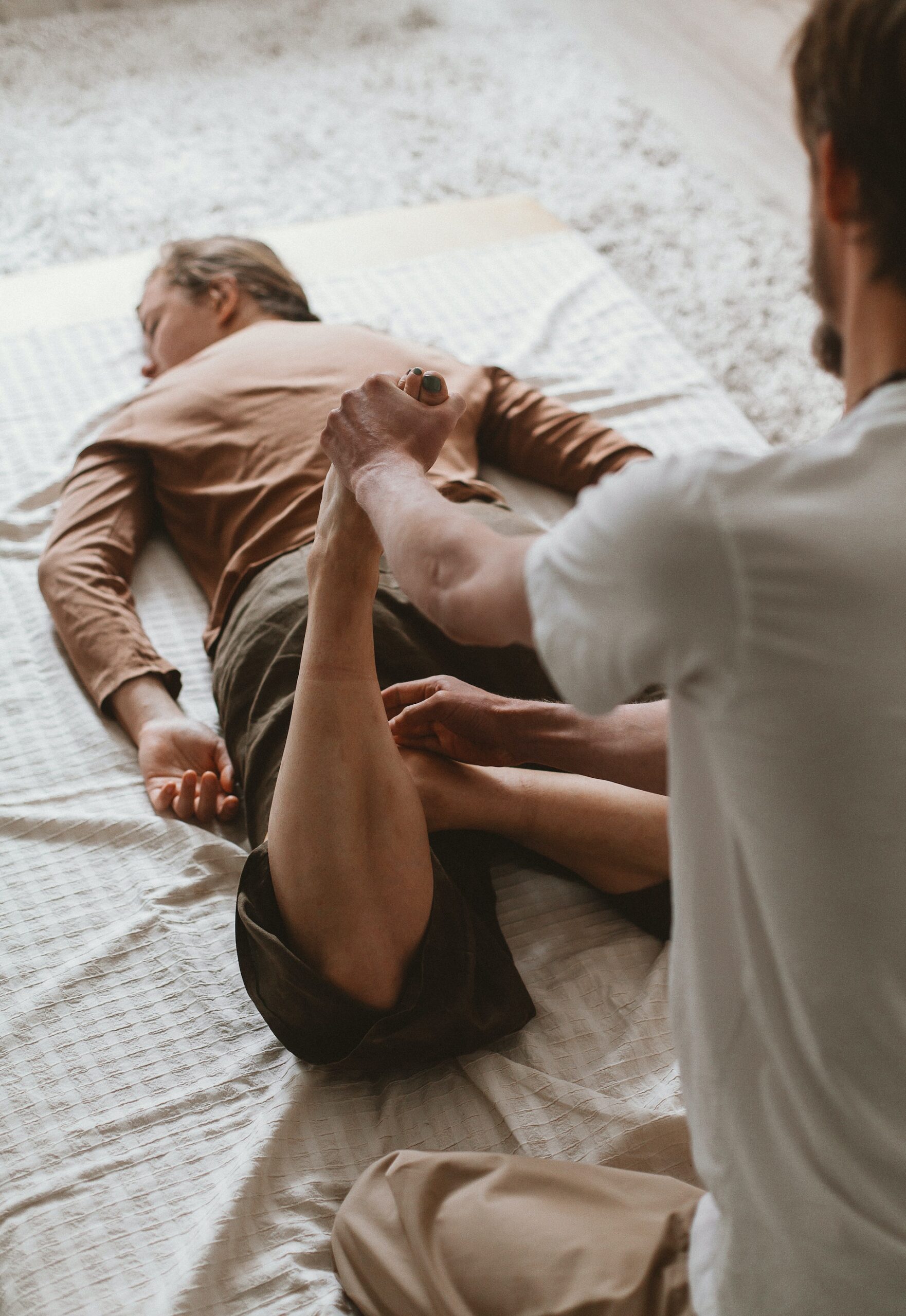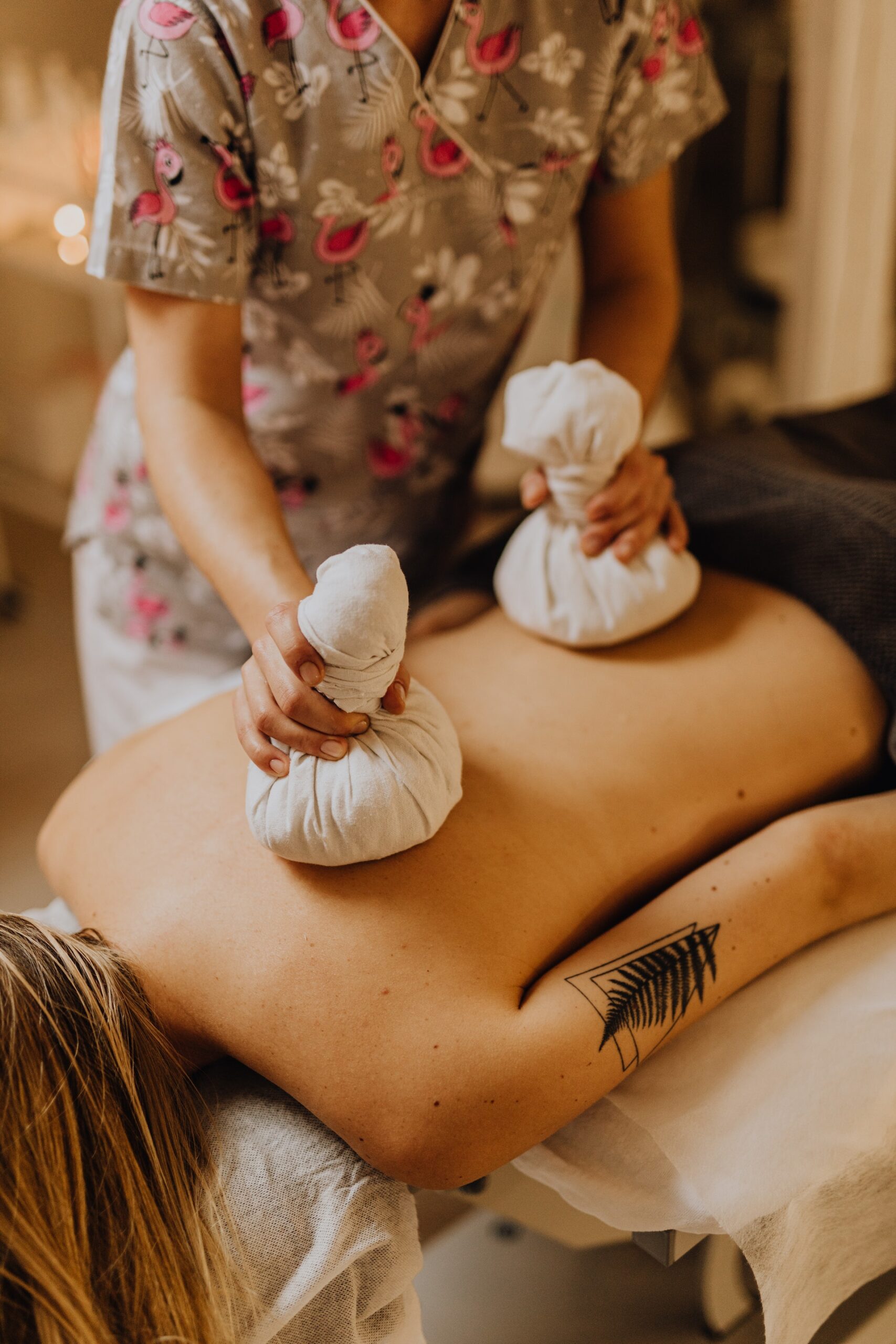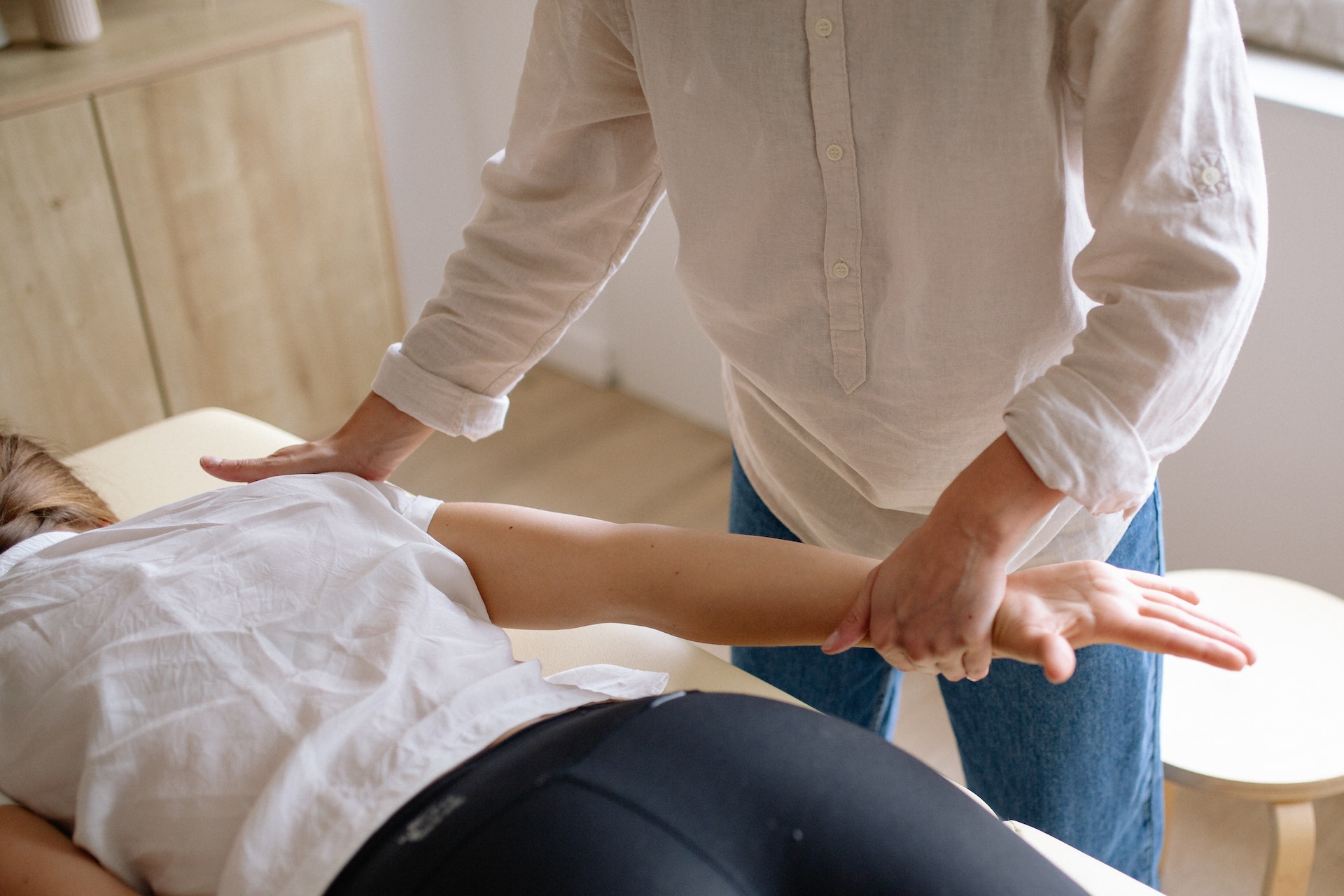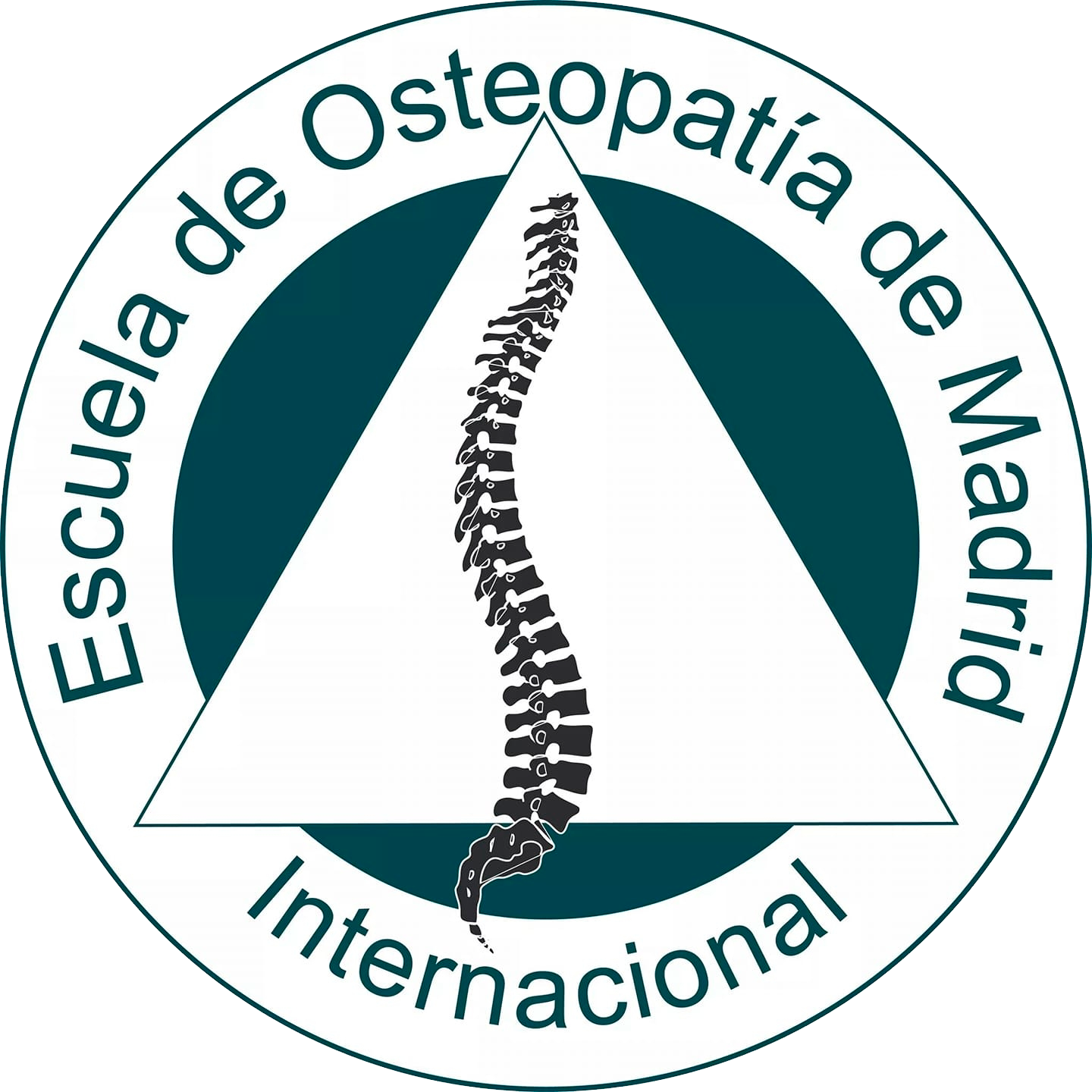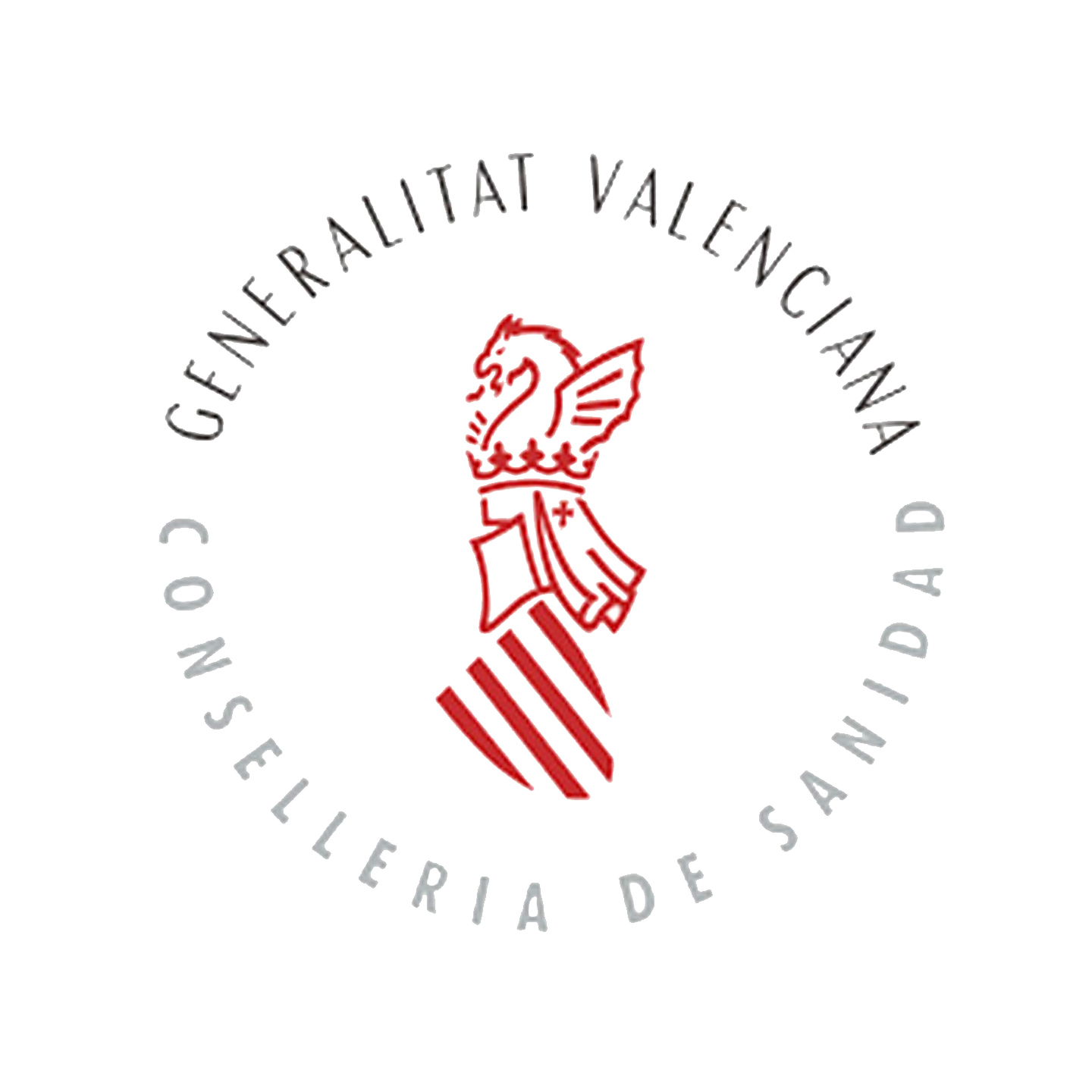Physiotherapy
Physiotherapy Services
We help you improve your performance, whether you are an amateur or professional athlete. You will be more balanced before your competition; and after the event, you will recover more easily.
Our sports physiotherapy treatments are indicated for any pathology and user.
Physiotherapy
Discover the power of healing through expert hands and innovative techniques!
Discover the healing power of Physiotherapy!
In each session, we work with you to give you back the freedom that your body deserves, through expert hands and innovative techniques.
Whether you are an amateur or professional athlete, we help you improve your performance, balance yourself before the competition and facilitate recovery after the event. Our treatments are indicated for any pathology and user, with hundreds of athletes trusting us to prevent and treat injuries, as well as maintain their well-being in the short and long term.
Sports Physiotherapy
Sprains, muscle strains and overloads, muscle tears, tendinopathies and plantar fasciitis are some of the injuries that we treat and help prevent the most, whether you have been injured during the race, by making inadequate progressions, by overtraining or due to the stress of high-level competition.
We help you improve your performance, whether you are an amateur or professional athlete . You will be more balanced before your competition; and after the event, you will recover more easily.
Our sports physiotherapy treatments are indicated for any pathology and user.
Hundreds of amateur and high-performance athletes from various sports disciplines (contact sports, boxing, football, cycling, athletics, gymnastics, bodybuilding, etc.) trust our hands to prevent injuries, recover from them and maintain their well-being.
Our intervention, apart from helping you at a specific time, sets in motion the body’s self-healing and regeneration processes, having an action that lasts over time, in the short and long term.
Traumatological Physiotherapy:
It is responsible for preventing, treating and recovering through physical means, a wide variety of ailments including musculoskeletal injuries, orthopedic injuries and sports-related injuries. It also helps control chronic pain by reducing anxiety and improving mobility.
Some of the most common ailments are the following: Cervical pain, lumbago, dorsalgia, sprains, tendonitis, recovery from operations (fractures, prostheses, hernias…), dislocations, muscle tears, etc.
With the treatment we manage to reduce inflammation and relieve pain, recover mobility, strength, and adapt your return to your daily routine before the injury.
So if you have suffered a trauma (fall, fracture, operation…), we can help you recover so that you can return to normal as soon as possible.
Rheumatology Physiotherapy
If you suffer from any rheumatic disease, such as osteoarthritis, rheumatoid arthritis, psoriatic arthritis, osteoporosis, spondylitis, and many others, with physiotherapy and manual therapy you will improve your quality of life, relieving pain and mobility in your joints, obtaining very positive results at a functional level.
Neurological Physiotherapy or Neurorehabilitation
It is the branch of Physiotherapy that helps treat alterations of the Central and/or Peripheral Nervous System with the aim of producing neuronal connections that recover brain functions that suffer from some damage (stroke, hemiplegia, multiple sclerosis, degenerative diseases…)
With the right information, our brain has the ability to respond, learn again and again throughout life, and is even capable of generating new connections to recover the activities we do in daily life after having suffered an injury; this process is called neuroplasticity.
It is important that if you have suffered any of these injuries, you begin the recovery process as soon as possible, since according to studies, receiving Neurological Physiotherapy within the first year of a brain injury increases the probability of obtaining better results.
Discipline and perseverance will increase the probability of obtaining better results. At the beginning, it is necessary to carry out more frequent sessions and gradually space them out until you recover the maximum possible functionality.
Physiotherapy and Geriatric Rehabilitation
Have you ever looked for a solution to an ailment and found the answer “it’s just a matter of age”?
It is common that the passing of the years leads us to pathologies, which limit or reduce our mobility and therefore our independence and quality of life, but it is possible to reverse and improve these problems, achieving greater well-being and health.
Sarcopenia is characterized by a loss of muscle mass and strength, which leads to a limitation in our functionality and independence, being one of the main barriers to growing older in a healthy way. At our center, located in Xàtiva, we carry out treatments to improve joint mobility and an exercise program focused on regaining strength, balance and coordination. In this way, we can prevent falls that end up leading to hip and wrist fractures, among others, and that affect your functionality and independence.
So start feeling better and better today!
Pre and post surgical physiotherapy
If you have to go through the process of a surgical intervention, whether orthopedic, cardiac, abdominal, or even plastic, or have already gone through one, your body will need time and proper care to heal and return to an optimal state of health.
At our center we can help you, since physiotherapy plays a fundamental role in the preparation for surgery or in postoperative recovery , providing a comprehensive and personalized approach to restore mobility, strength and physical function that is often altered. In this sense, physiotherapy treatments are an essential tool that plays a crucial role in the rehabilitation process.
Before the intervention, we focus on preparing you physically and mentally for the surgical procedure, with specific exercises to improve your physical condition and mobility in the affected area. In addition, we explain what to expect during the rehabilitation process after surgery, which will help you reduce anxiety and increase your confidence in the success of the treatment.
After surgery, rehabilitation is even more crucial to regain function and reduce pain in the surgical area. Our team will design an individualized program to restore physical function, improve autonomy, confidence and emotional well-being.
Dermatofunctional physiotherapy
This therapeutic approach to Physiotherapy is aimed at treating and preventing aesthetic dysfunctions such as scars, stretch marks, wrinkles, sagging, obesity, fluid retention, cellulite, among others, obtaining an improvement in the appearance of the skin using manual and instrumental techniques. In our center we are specialized in manual techniques.
If you have undergone any surgical intervention, body or facial, due to health reasons, or because you want to improve your physical appearance, such as liposuction, liposculpture, breast surgery (augmentation, reduction, oncological operations), facial surgery (rhinoplasty, blepharoplasty or facelift), or even in episiotomies or cesarean sections after childbirth, we can help you reduce edema and pain, activate lymphatic circulation and promote proper healing.
It is very common to have scars on our body, whether from a cut, burns, skin tears, wounds, surgery, childbirth, and most of them do not cause us problems, but there are times when a scar has adhesions and in these cases they do cause problems, such as hypersensitivity or lack of sensitivity, tingling sensation, tightness, fear of moving (adopting an incorrect position), and/or itching; even more important alterations such as axillary pain with loss of movement of the arm after breast cancer surgery, or alterations in the correct visceral functioning due to surgical interventions in that area (thorax, abdomen…)
Pelvic floor physiotherapy
Pelvic floor dysfunctions affect both men and women and can lead to a significant decrease in our quality of life, including a loss of self-esteem. Without proper guidance, these situations can be very difficult to manage and become debilitating.
These dysfunctions can have their origin in multiple causes , such as trauma, childbirth, crush injury, lower back or hip injury, spinal cord damage, or a genetic predisposition.
Pathologies of the gastrointestinal, reproductive, renal and neurological systems such as: irritable bowel syndrome, endometriosis in women, interstitial cystitis (painful bladder syndrome), cancer, prostate disorders in men, fibromyalgia, depression and anxiety, etc., can also affect the pelvic floor, both in women and men.
Fortunately, physical therapy offers a conservative and highly effective approach to treating pelvic floor dysfunction. With a little more patience and willpower, pelvic floor therapy can help you reduce or improve associated symptoms.
Pelvic floor rehabilitation is based on a set of specific techniques that seek to improve the functionality of the urogenital system.
Pelvic floor physiotherapy treatments
The most common treatments are:
• Preparation for childbirth.
• Postpartum recovery.
• Urinary and fecal incontinence (pelvic floor re-education can eliminate or at least considerably reduce incontinence in both men and women).
• Chronic pelvic pain.
• Post-surgical recovery (caesarean sections, episiotomies, gynecological surgery)
• Sexual dysfunctions.
• Dysfunctions resulting from effort (physical exercise, musicians, etc.)
We will study your case individually and decide which techniques are most suitable for you.
Physiotherapy in Pregnancy
As pregnancy progresses, important changes occur in the woman’s body, often leading to alterations in the musculoskeletal system, pelvic floor and other systems.
If you are pregnant, you may notice a greater strain on your neck and arms, and you may even experience headaches and tingling in your hands. You may also experience strain on your lower back, pain in your glutes, or cramps in one or both legs.
In addition, the pressure inside your abdomen increases, causing changes in your breathing and in the position of your pelvis, altering the way the pelvic floor works. This process leads to many women, even in the first weeks of their first pregnancy, feeling urine leaks when coughing, sneezing, or straining.
By applying appropriate and safe manual therapy during your pregnancy, in addition to helping you re-educate your posture and pelvic floor, we can prevent and improve many common pregnancy disorders.
We will also give you exercises and guidelines to do at home, which will help you maintain the improvements achieved during the session, prevent relapses and maintain good postural health and your pelvic floor.
Postpartum Physiotherapy
During pregnancy, a progressive postural transformation occurs, giving the body time to adapt to a greater or lesser extent, but childbirth and the arrival of your baby is the real change.
Gestures related to motherhood and caring for your baby, such as feeding, bathing, holding your baby, carrying your baby, etc., involve rounding your back and arms to focus on your new routine.
Childbirth causes alterations in the muscles responsible for postural balance. Whether vaginal or by caesarean section, the tissues and muscles affected during childbirth must recover, and if there are scars in the perineum or abdomen, any retractions that may appear must be treated, as they can cause dysfunctions in the posture and pelvic floor .
The combination of these changes can cause postural problems for many women, who may begin to suffer from back pain and/or pelvic floor dysfunction (even if they had not experienced them during pregnancy).
So if you notice any of the symptoms mentioned above, or simply want to improve your recovery, we will carry out an assessment of your pelvic floor and scar, if any, whether you have had a vaginal delivery or a cesarean section, applying appropriate treatment to improve and prevent urine leaks and other postpartum dysfunctions, and to prevent any problems that have appeared from becoming chronic.
The treatment consists of manual obstetric physiotherapy techniques, postural and pelvic floor re-education, in addition to helping you become aware of your body, with exercises and recommendations to avoid overloads, pain and injuries typical of postpartum.
All of them are safe maneuvers and are based on a global vision of the body and posture.
Pediatric physiotherapy
Pediatric physiotherapy ensures the well-being and balanced development of the baby, whether he or she has been diagnosed with some type of pathology or does not have any condition and you want to improve his or her well-being. We carry out an assessment and treatment of your baby, taking into account the digestive, neurological and psychomotor points of view, among others.
For the treatment, we apply a combination of gentle and respectful manual physiotherapy and osteopathy techniques, adapted to the baby. All these maneuvers help to rebalance tensions and movement restrictions and help to relax your baby. We frequently use techniques in the cranial, orofacial, and trunk areas, together with massages, motor and sensory games, as well as appropriate guidelines to carry out at home, accompanying your baby throughout its development.
Infant colic, reflux and gas in babies
If your baby cries inconsolably, with a bent or arched body posture, and you know it is not due to hunger, sleep, discomfort, another pathology or pain. In addition to his agitation and irritability, he has reflux, constipation or difficulty passing gas…
your baby may be suffering from infantile colic.
Infantile colic is a benign disorder that does not pose a life-threatening risk to the baby and is common in infants under six months of age. It consists of a set of symptoms that are very bothersome for babies and for parents or caregivers, as they often do not know how to react to the baby’s suffering, generating anxiety in parents and a lack of confidence in their ability to care for the child. In some babies the symptoms disappear spontaneously, in others it is important to assess and treat the primary cause that is causing the baby’s pain (and which will not always be in their digestive system).
The main objective of pediatric physiotherapy and osteopathy treatment for infantile colic is to improve visceral functions: breathing, digestion, excretion, feeding, elimination of gas and feces.
We will also normalize the vascular and lymphatic circulation of the digestive tract, thereby reducing muscle spasms, which are one of the main causes of your baby’s pain.
Our main goal is for your baby to stop suffering from colic, reflux or gas. We usually recommend a protocol of three sessions to improve the effectiveness of the treatment, although, depending on the evolution after the first session, we will adjust the number of sessions to what best suits your baby.
Congenital torticollis
Congenital torticollis is found in babies who have a fixed position of the head, either to the right or left, which can be caused by a bad uterine position or by problems during delivery.
Pediatric osteopathy diagnoses and treats, in an early and non-invasive way, the deformation of the baby’s skull, helps to restore the normality of its cranial structure and improves the mobility of its spine, improving the symptoms.
Pediatric physiotherapy is responsible for improving the state of all the muscles with massage techniques, stretching, passive and active mobilization of the baby’s head and neck, taking into account its stage in psychomotor development.
In our center we focus on the most appropriate physiotherapy and osteopathy techniques for the treatment and improvement of your baby; we work as a team with you, the parents, who have a very important and active role during the treatment by maintaining good postural hygiene and active mobility of the neck through games and gentle stretches.
Lacrimal duct obstruction
If your baby has excessive tearing, it may be because the duct that goes from the eye to the nose (nasolacrimal) is closed. This channel can be totally or partially blocked by inflammation of the mucosa or due to a bad positioning of the nail bone. As the tear contains saline residue, infection (conjunctivitis) may occur.
If the condition does not recover on its own, the pediatrician may suggest a minor intervention or a visit to an osteopath.
With pediatric manual therapy we treat the different structures that are involved in the cranial and facial sphere, freeing the canal and thus avoiding surgery in many cases. Osteopathy is usually a noninvasive and effective solution if treated promptly.
Physiotherapy in music and performing arts
Physiotherapy in the Performing Arts is a fairly recent application within Physiotherapy. We can compare an artist with an athlete, both use their body as a work tool and their performance depends on it.
Dancers, musicians, singers and actors work with their bodies at high intensities. For this reason, it is very helpful to assess artists at the level of physiotherapy and osteopathy, in order to improve the biomechanics of their technical gestures, avoiding future injuries.
The symptoms presented by artists are very varied, depending on the activity they perform, the objects they use (instrument, footwear) and the number of hours they dedicate to it.
For example, students of a professional conservatory may end up practicing with the instrument for 5-6 hours a day, or even more, overloading their musculoskeletal system due to this amount of repetitive movements, and leading to different pathologies: tendonitis, muscle overload, neuropathies…
Performing arts professionals are often accustomed to enduring heavy workloads, hours of rehearsal and the pressure of numerous performances, which can normalize a discomfort that is initially bearable, and over time, this discomfort worsens and/or becomes chronic.
By providing a multidisciplinary approach together with traumatologists, nutritionists and dentists… each from their specialty (discharge splints, specialized diets, manual therapy) we achieve greater artistic quality in the patient.
The psychologist is also very helpful to this team of professionals, so that the artist learns to adequately manage stress, blockages, fears, and insecurities that this brings. Central sensitization is the basis of treatment for the physiotherapist.
So if you are a performing arts professional, this is of interest to you:
• If you are a Dancer: alterations related to posture, balance, basic tone together with great elasticity, balance system: static and dynamic (feet, mouth, eyes, and hearing)
• If you are a Musician: alterations related to posture when standing and sitting. Alterations in the ergonomics of the arm, from the scapula to the fingers, passing through the elbow and wrist (Carpal Tunnel Syndrome, epicondylitis, etc.)
• If you are a singer and/or actor: alterations related to body expression and voice. Emphasize the importance of working on breathing capacity and ensuring that it is of quality in order to project the voice well (diaphragm, pharynx, supra and infrahyoid muscles).
• If you have had an injury and need help to recover or alleviate the symptoms, such as epicondylitis, trigger hip, etc.
• If you need support to prevent injuries: strengthen your muscles in charge of supporting a great physical load during long rehearsals and performances, seeking correct biomechanics in the body when performing the technical gesture, whatever the discipline to which you dedicate yourself at an artistic level.
Our team of physiotherapists has extensive experience in the world of the performing arts, having collaborated for more than 10 years with one of the most important musical theatre companies on the national scene, with numerous professional artists (dancers, actors, singers and musicians) passing through our hands.
ATM Physiotherapy
Nowadays, many people suffer from some form of temporomandibular joint (TMJ) disorder.
TMJ pain refers to discomfort or pain experienced in the temporomandibular joint region, the joint that connects the jaw to the skull. This joint is responsible for allowing the jaw to move, allowing us to speak, chew, and open and close our mouths. When this joint is affected, it can cause pain and limitations in oral functions.
If you have difficulty chewing, opening or closing your mouth, ear pain, jaw clicking, or experience recurring headaches, you may have an issue with this area.
TMJ pain has a variety of causes, including
Bruxism: Grinding or clenching your teeth puts excessive pressure on the temporomandibular joint, leading to pain and discomfort.
Injuries: An impact to the temporomandibular joint area can cause damage and pain.
Arthritis: Some arthritis, such as rheumatoid arthritis, can affect the temporomandibular joint and cause pain.
Stress: Chronic stress can lead to muscle tension in the jaw and temporomandibular joint, resulting in pain, which is very common today.
Dental malocclusion: An incorrect bite puts uneven pressure on the temporomandibular joint, causing pain.
Earache: TMJ pain can radiate to the ear and cause discomfort in that area.
TMJ physiotherapy can help you improve Temporomandibular Joint Dysfunction Syndrome by restoring normal joint and muscle function of the masticatory system in relation to the other components of the head and neck.
After individually evaluating your case, we apply different therapeutic techniques and modalities to restore optimal mandibular function.
On many occasions we perform ATM physiotherapy, in coordination with other specialists, such as dentists, or psychological therapy, to resolve the origin of the alteration.
Recover your movement, live without pain.
Physiotherapy doesn’t just treat injuries, it transforms lives.
